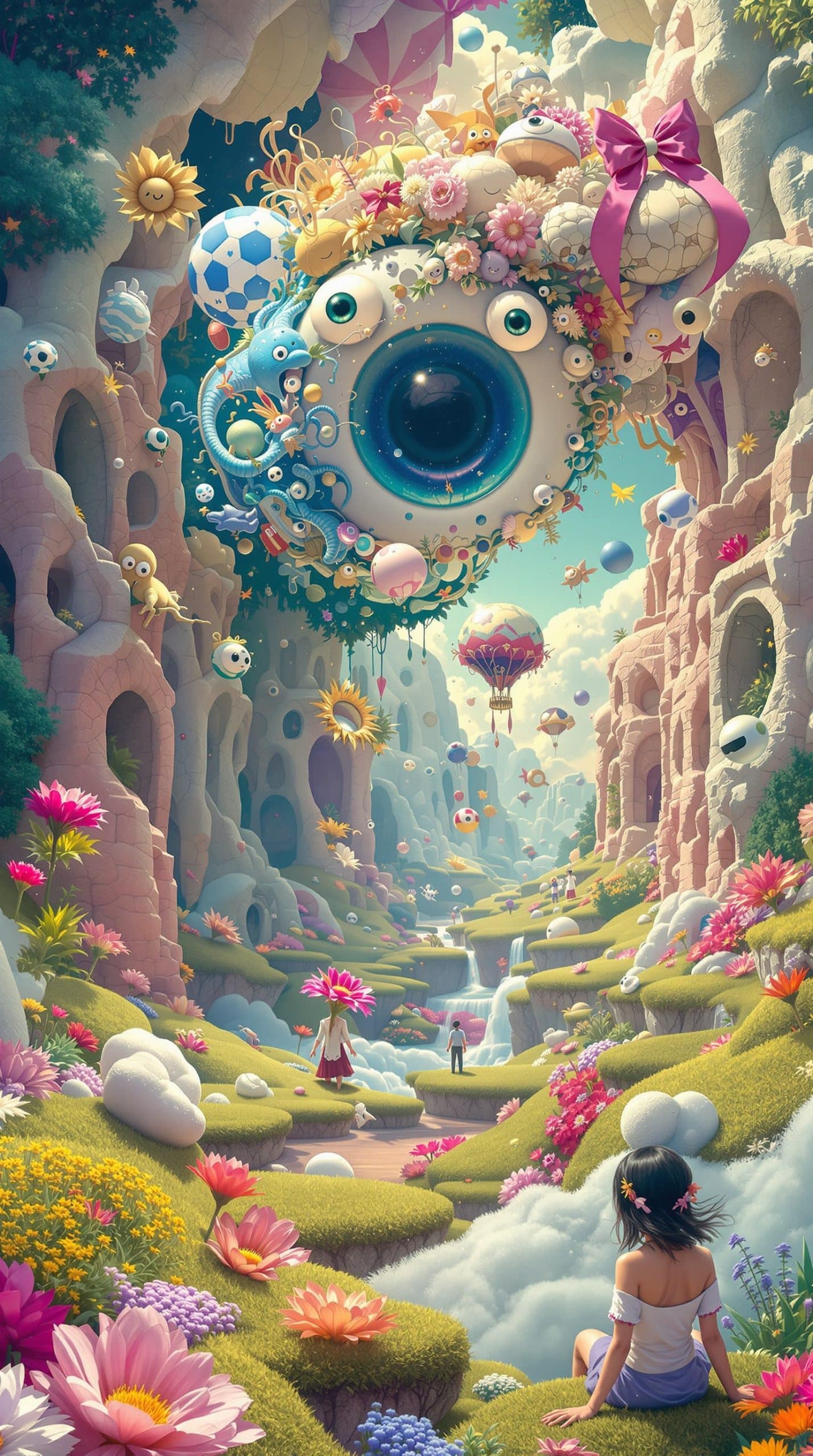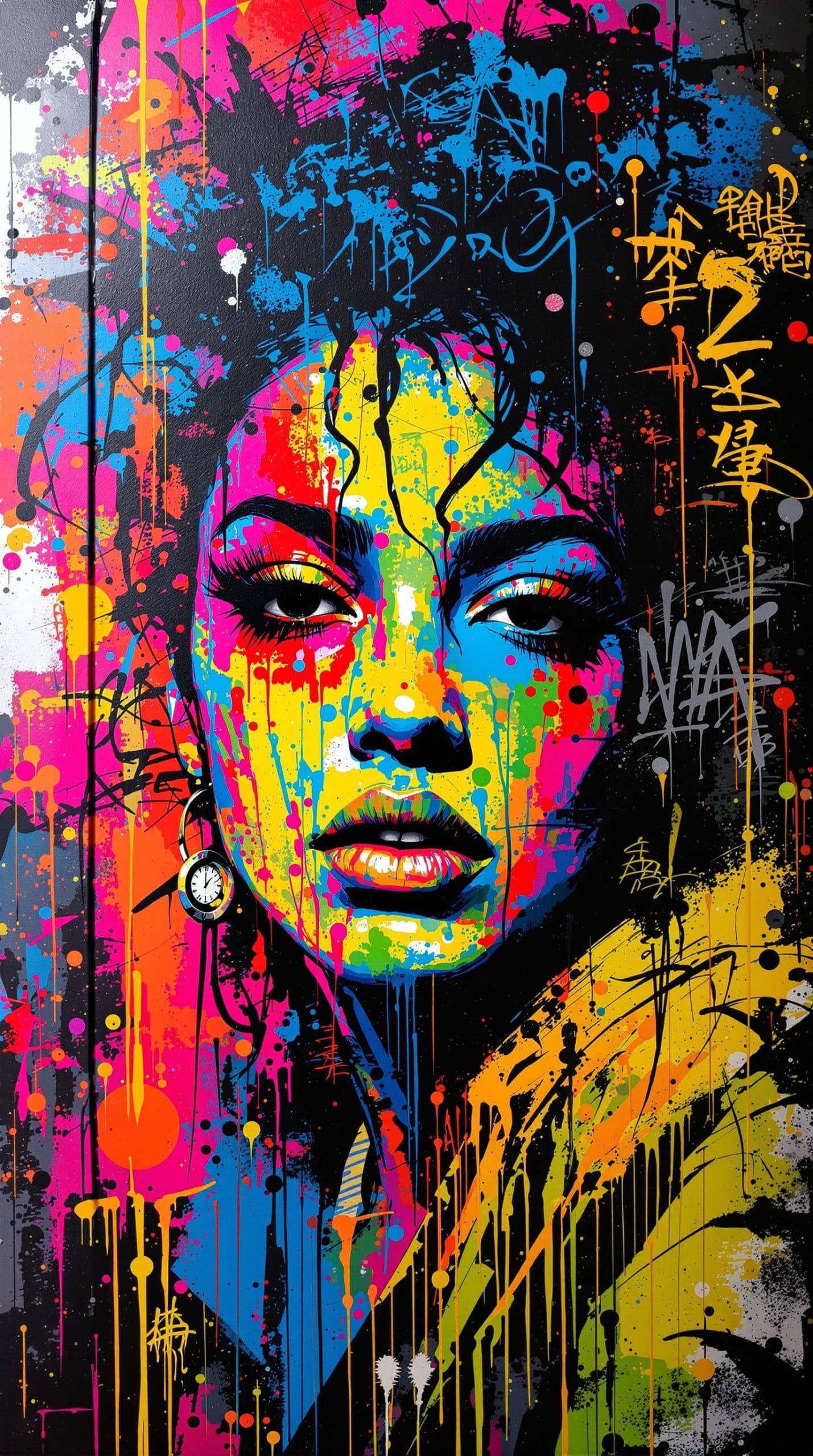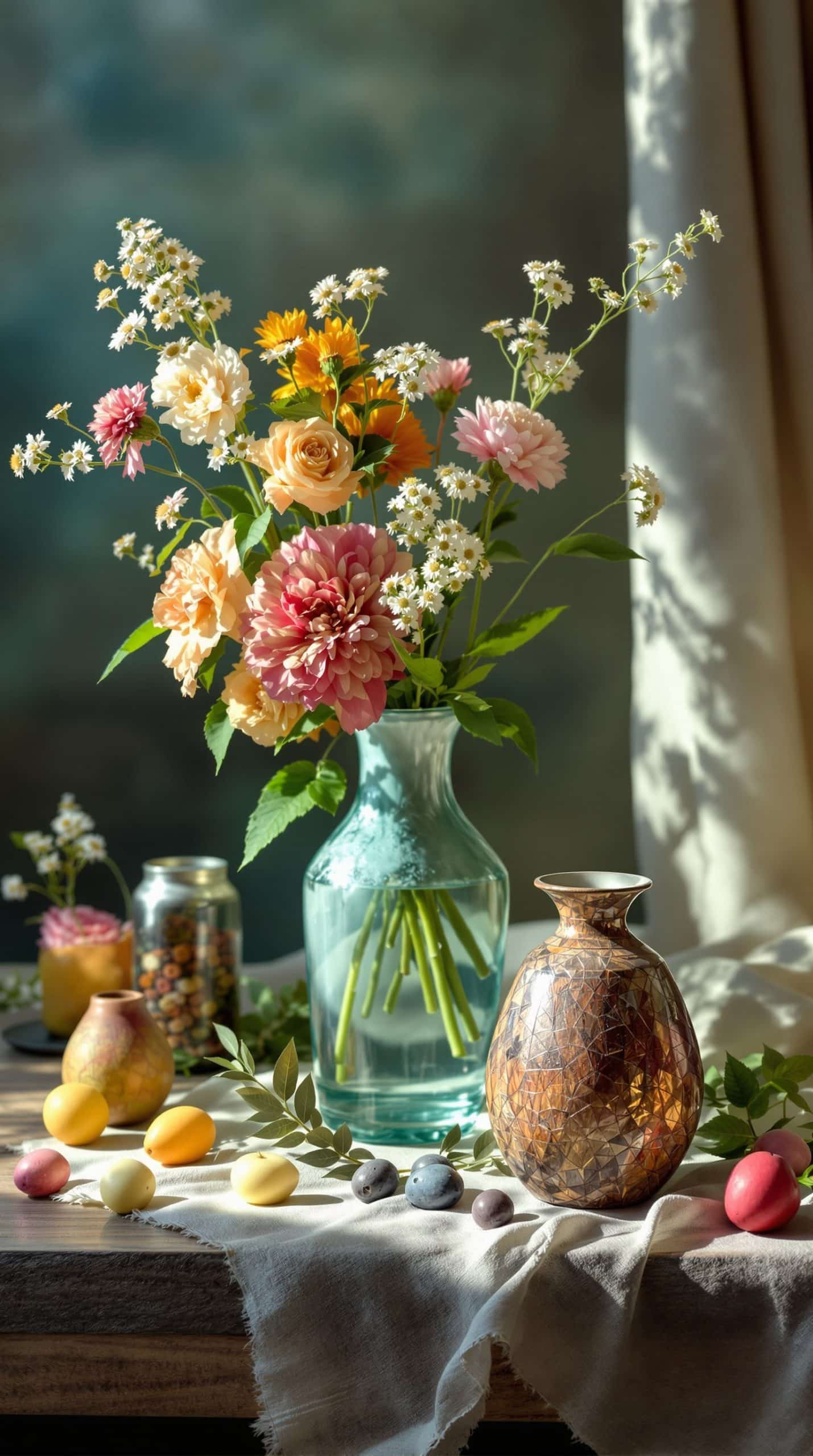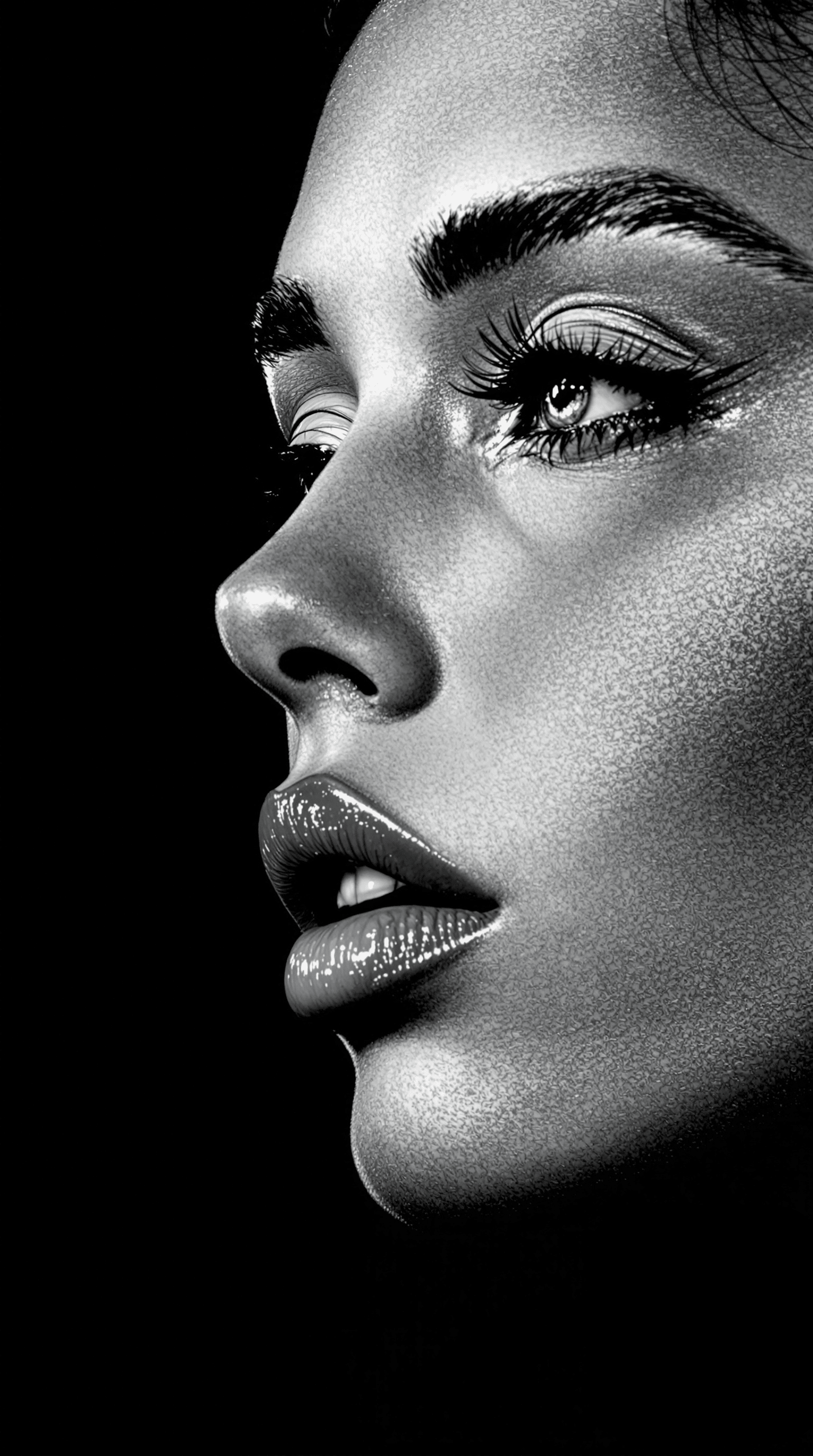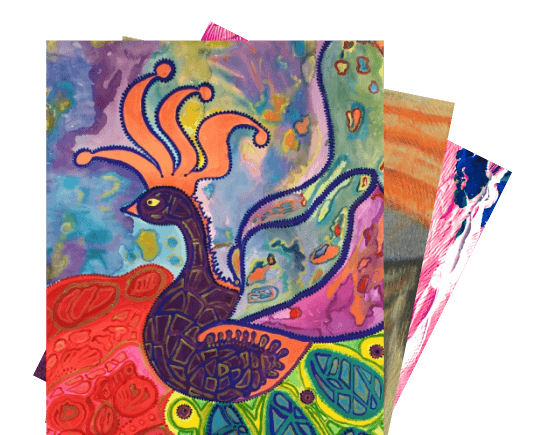Filters
Available Artwork
Showing 1–9 of 576 results
-

SUMMER RAYS
Acrylic on Paper
16.8 W x 11.6 H Inch
$190

Demo purchase -2
Acrylic on Fabric
50 W x 25 H Inch
$0

Demo purchase -4
Acrylic on Fabric
90 W x 45 H Inch
$0

Demo Purchase 3
Acrylic on Linen
60 W x 30 H Inch
$0

Demo purchase -1
Acrylic on Fabric
40 W x 20 H Inch
$0 Sold
Other styles of paintings you may like
Origins of Acrylic Painting:
Dive into the vibrant world of acrylic painting, a relatively recent innovation in art history that has transformed artistic expression. While the roots of acrylic resin stretch back to the early 20th century, with German chemists pioneering its development, it wasn't until the 1950s that artists truly began to explore the potential of acrylic paints. As the American artist Mark Rothko, known for his luminous color field paintings, eloquently stated, "A painting is not a picture of an experience, it is an experience."
Acrylic paints quickly gained popularity due to their remarkable versatility. They can be thinned with water to create washes reminiscent of watercolors, or layered thickly to achieve impasto effects similar to oils. This adaptability, combined with their quick drying time and vibrant color range, has made acrylics a favorite medium for artists across diverse styles and movements. Andy Warhol, the pop art icon who embraced acrylics for their bold colors and graphic potential, famously declared, "Pop Art is about liking things."
The development of acrylic paints was a collaborative effort between chemists and artists. Leonard Bocour and Sam Golden, a chemist and artist duo, played a pivotal role in refining acrylics for artistic use, leading to the creation of popular brands like Liquitex and Golden Artist Colors. These innovations opened up new possibilities for artistic expression, allowing artists to experiment with textures, layering techniques, and vibrant color combinations. Today, acrylic painting continues to thrive, offering artists a versatile and expressive medium to capture their visions and connect with audiences worldwide.
FAQs
What are the advantages of collecting acrylic paintings?How do acrylic paintings differ from oil paintings?How should I care for and display my acrylic paintings?What are some of the different styles and techniques used in acrylic painting?Who are some of the famous artists who have used acrylic paints?






